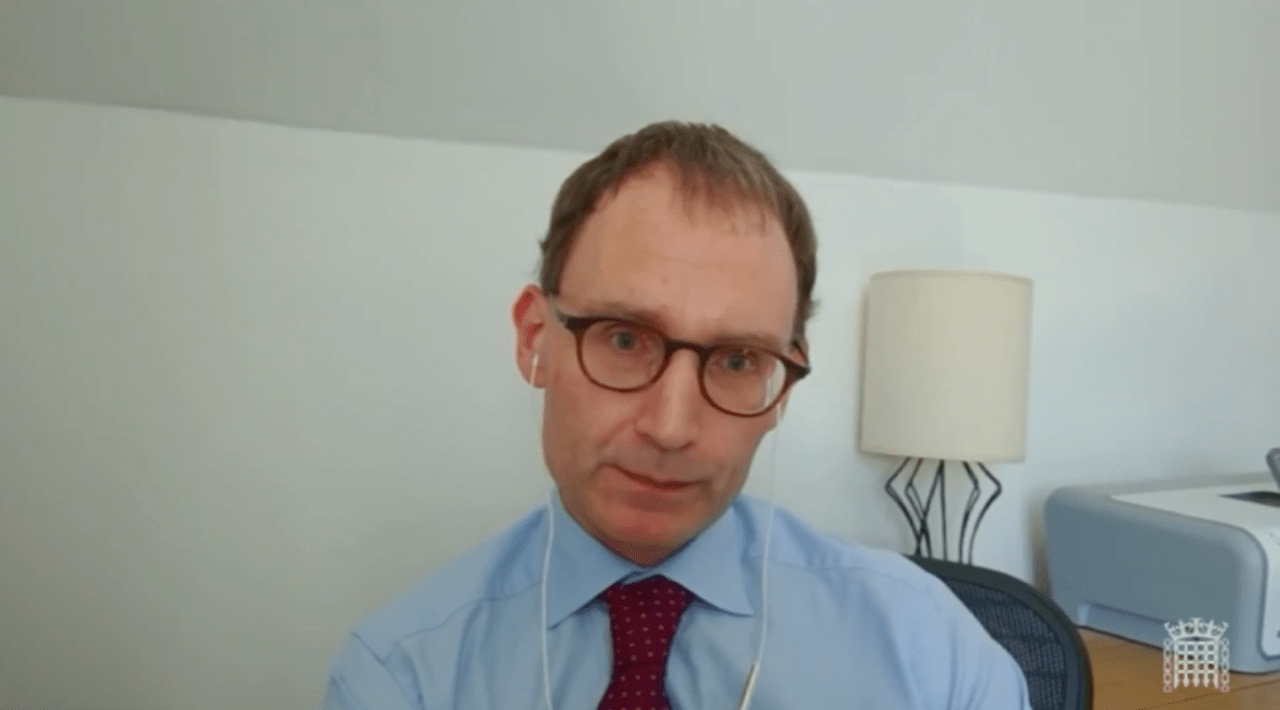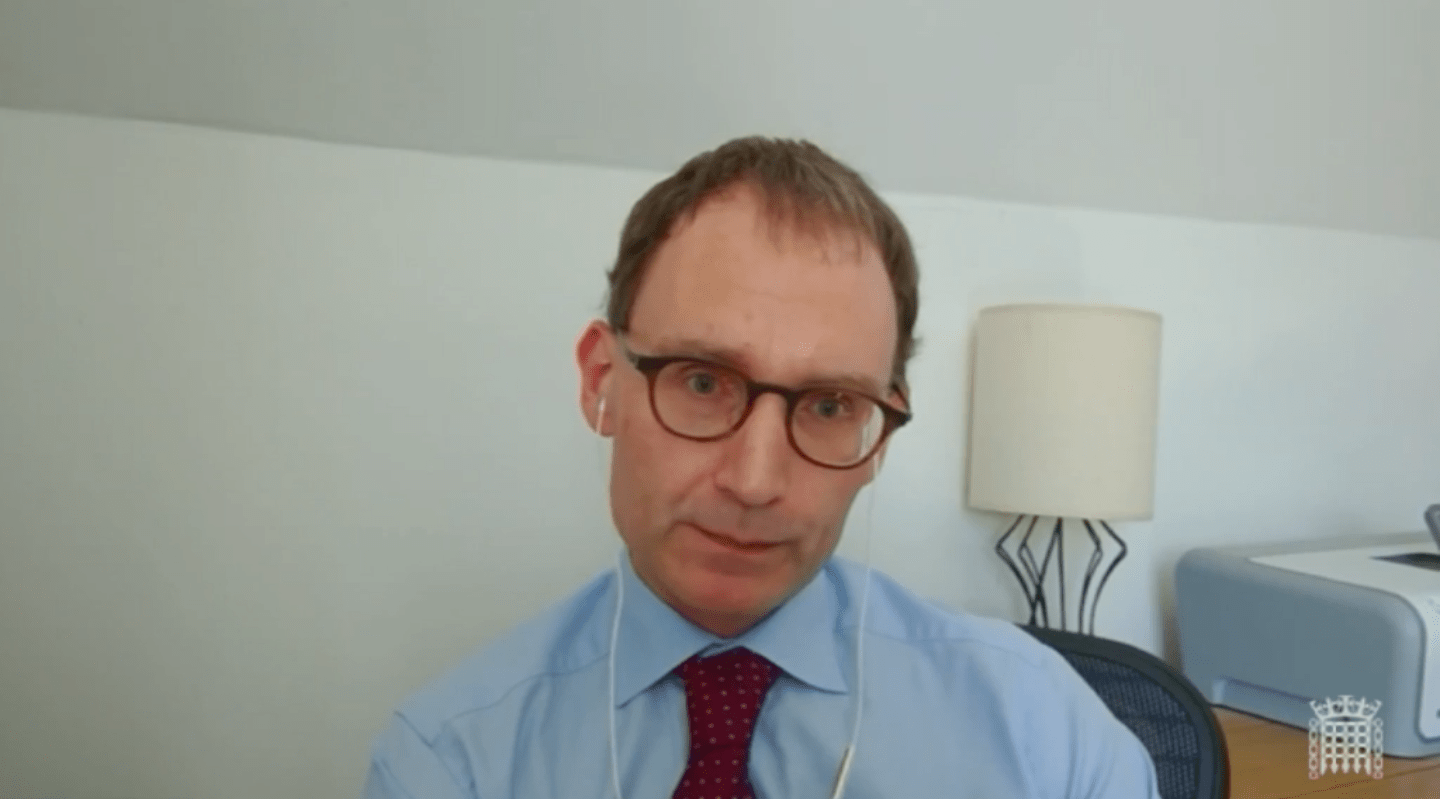Professor Neil Ferguson has been a little elusive of late – ever since he was forced to resign after he was revealed to have entertained his married lover at his home, thus breaking lockdown rules. But he did emerge from the woodwork this morning to give evidence to the House of Lords select committee on science and technology. In doing so he succeeded in walking into a fresh controversy.
One of the first questions he was asked was by Conservative peer Viscount Ridley, who brought up (10:40) the subject of a Swedish study which sought to apply to Sweden Ferguson’s infamous mathematical model which forecast 250,000 deaths in Britain if the government continued with its mitigation strategy. In response to the modelling – presented on 16 March – the government changed course, telling people to stay away from crowded places. A week later a full lockdown was introduced.
Others have also attempted to replicate the Imperial College model and have found themselves struggling
Viscount Ridley: ‘Uppsala University took the Imperial College model – or one of them – and adapted it to Sweden and forecasted deaths in Sweden of over 90,000 by the end of May if there was no lockdown and 40,000 if a full lockdown was inforced. In fact, there have only been 4,350 deaths in Sweden until the end of May. This does seem to be a huge discrepancy and suggests there was something wrong with the model…’
Professor Ferguson: ‘First of all, they did not use our model. They developed a model of their own. We had no role in parameterising it. Generally, the key aspect of modelling is how well you parameterise it against the available data. But to be absolutely clear they did not use our model, they didn’t adapt our model.’
Trouble is, the Uppsala team say they very much did use an adaptation of Ferguson’s work. Their paper states: ‘We employed an individual agent-based model based on work by Ferguson et al…’
Maybe they didn’t employ Ferguson himself to ‘parameterise’ it, but then Ferguson ought to be reminded of one of the basic principles of all scientific work: that it must be possible for other scientists to reproduce your results. You shouldn’t need the original scientists to come and tweak its mathematical model for you. Ferguson is behaving like one of those car manufacturers that tries to insist that its vehicles can only be serviced by its own approved mechanics. Besides the Uppsala team, others have also attempted to replicate the Imperial College model and have found themselves struggling – an Edinburgh University team found that it gave different results when run twice with the same data.
Professor Ferguson surely has some further questions to answer on this subject. Neither the Uppsala University study and the original Imperial paper of 16 March, it ought to be added, have yet been peer-reviewed. It will be interesting to see what happens when they are.








Comments